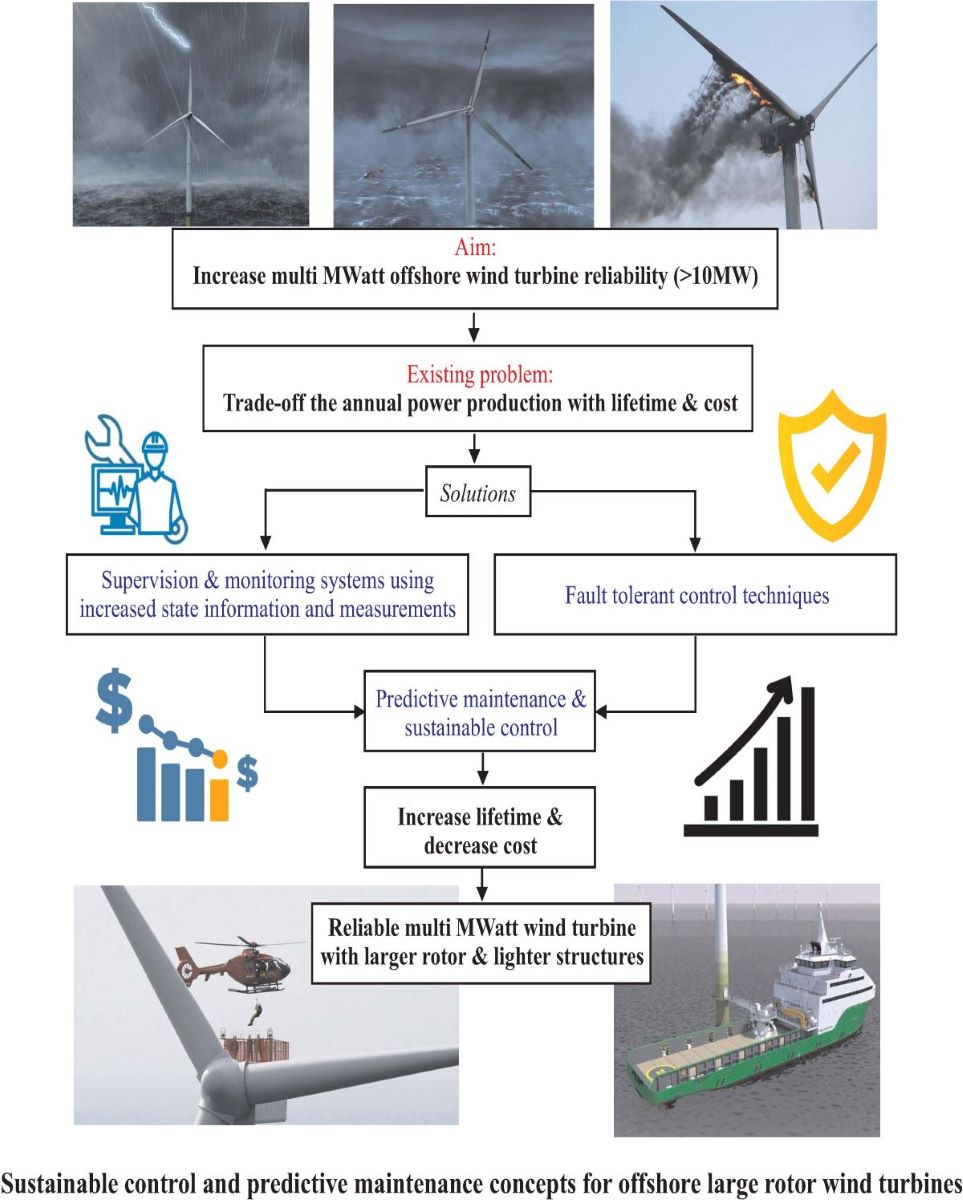The fault diagnosis of safety critical systems such as wind turbine installations includes extremely challenging aspects that motivate the research issues considered in this paper. In fact, the prompt detection and the reliable diagnosis of faults in their earlier occurrence represent the key point especially for offshore installations. For these plants, operation and maintenance procedures in harsh environments would inevitably increase the cost of the energy production. Therefore, this work investigates fault diagnosis solutions that are considered in a viable way and used as advanced techniques for condition monitoring of dynamic processes. To this end, the work proposes the design of fault diagnosis strategies that exploit the estimation of the fault by means of data--driven approaches. This solution leads to the development of effective methods allowing the management of partially unknown information of the system dynamics, while coping with measurement errors, the model--reality mismatch and other disturbance effects. In mode detail, the proposed data--driven methodologies exploit fuzzy systems and neural networks in order to estimate the nonlinear dynamic relations between the input and output measurements of the considered process and the faults. To this end, the fuzzy and neural network structures are integrated with auto--regressive with exogenous input descriptions, thus making them able to approximate unknown nonlinear dynamic functions with arbitrary degree of accuracy. Once these models are estimated from the input and output data measurement acquired from the considered dynamic process, the capabilities of their fault diagnosis capabilities are validated by using a high--fidelity benchmark that simulates the healthy and the faulty behaviour of a wind turbine system. Moreover, at this stage the benchmark is also useful to analyse the robustness and the reliability characteristics of the developed tools in the presence of model--reality mismatch and modelling error effects featured by the wind turbine simulator. On the other hand, a hardware--in--the--loop tool is finally implemented for testing and comparing the performance of the developed fault diagnosis strategies in a more realistic environment and with respect to different fault diagnosis approaches.

